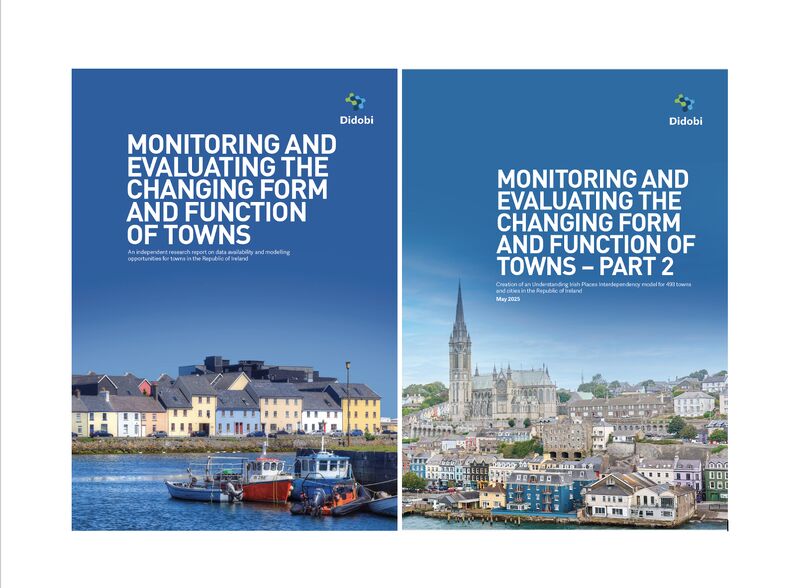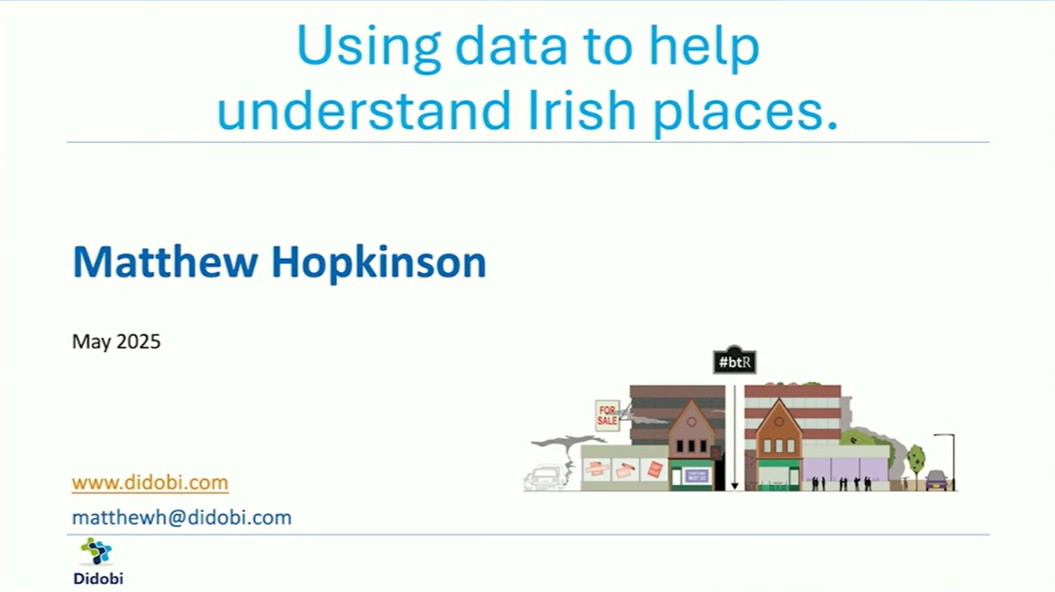
Do androids dream of electric high streets? (Guest Blog)
This is my third guest blog and this time it is written by Katie Shaw who heads up our field research operations at LDC. Whilst there is lots of data out there, made more fashionable via the Big Data mantra, there is not much that one can really equate with consistent quality and thus valuable analytics. Outside of the financial markets quality data is difficult to come by and this blog by Katie shows how we deal with these issues in order to deliver the quality that everyone at LDC is proud of and works tirelessly to maintain. Thank you Katie!
I manage a team of forty-five Field Researchers on behalf of LDC who update the 7,000 locations that we visit up and down the UK. The process of collecting data in the field has vastly improved since I joined the company, from the manual posting of SD cards and carrying around heavy battery blocks, to using touchscreen devices and uploading via Wi-Fi within seconds.
We take pride in our data being the most accurate and precise portrayal of every location we visit, by using people to collate the information instead of scrapping inaccurate websites or hovering other second hand information. Such are the capabilities of the technology that we now use – with the advance in handheld devices and our own LDC in-house devised MOLI application – that for an average-sized town we can collect the information in the field, upload it to the server, check it in the office, then publish it within 48 hours.
The process of field researching is relatively simple: download the area, view the street addresses/businesses that we have listed. If a business has ceased trading then it is replaced with whatever you now see in front of you, whether that is another business entirely, a vacant unit, or a demolished site. If we find new buildings then we add them as we go. This task is massive as on average around 60,000 premises are updated each month.
Our objective is to collect as much ‘rich data’ as possible (to ‘fill in the gaps’ as it were), as the device prompts for missing information, such as a telephone number, website, opening times and an image.
It is this method – and the receptiveness of the device – that gives us the ability to collect extra data on behalf of our many other clients alongside our regular reportage. At present we check Goad plans for Experian, comment on whether we can hear music inside specific premises, see if a TV is in use, as well as take internal images within cafes, restaurants and bars.
However…
Although technology is immensely beneficial in collecting the data when used by a human hand, my firm view is that I don’t think that we would have the same quality or accuracy of data if we solely using internet-based office research as many others do.
LDC do have a group of office-based researchers to track and quality check what is returned from the field – as well as any new major store openings that have been reported by the press – but we can only truly verify with confidence from the field, as when relying on websites alone there is the unavoidable flaw that few are updated regularly.
It’s true that Google Street View is a revolutionary tool and it is hard to imagine what life would be without it now, but it doesn’t capture every single street in a town centre (such as side passages and back streets), and is often outdated (with no visible date of when the footage was captured).
In my opinion, nothing beats a human being standing in front of a property and clearly verifying what they see before them – after all this is what the consumer sees and the consumer is what matters!
Our Field Research team also provide information on the region that they regularly update. They alert us to news of developments in the area, such as new shopping centres being built or existing ones being demolished. By talking to shopkeepers and centre managers they capture local town and city regeneration plans. They also feed back information on burgeoning multiple chains (such as YESSS Electrical in trade parks on the boundaries of towns and J.W. Lees public houses in the north west), as well as the apparent rise of e-cigarette/vapour companies (i-Vapo springing up along the east side of England).
There are also a couple of other ways in which a pair of eyes and feet can capture the true essence of a location:
The popularity of Internet shopping is leading to innovative high street initiatives to try and make the experience less gloomy and encourage consumers. In some towns vacant properties are temporarily housing art installations and promotions. There also appears to be a trend of keeping the old store fascia, perhaps one with a 1940’s butchers sign and turning the premise itself into a bar or elite clothing store (hello East London hipsters!), which isn’t always obvious from an image. The Field Researcher can access the premises and/or investigate with the neighbours.
I joke that the future of our data collection will be led by robots, but from using the technology that we already have at our disposal, it’s apparent that there are still issues with solely handing the reins over. Technology can deliver effective and cheaper outcomes for sure, but it doesn’t always produce accurate results. LDC’s Field Researchers often contradict information that is available on the Internet.
Is this just a very human lack of ability in trusting advances in technology and the unknown? (Or have I just watched Terminator 2 far too many times??!!!)
Fifteen years ago I didn’t own a mobile phone. Five years ago LDC started recording data on a mobile phone. I wonder what our data collection process will entail in five, ten or even fifteen years from now…






Leave a comment: